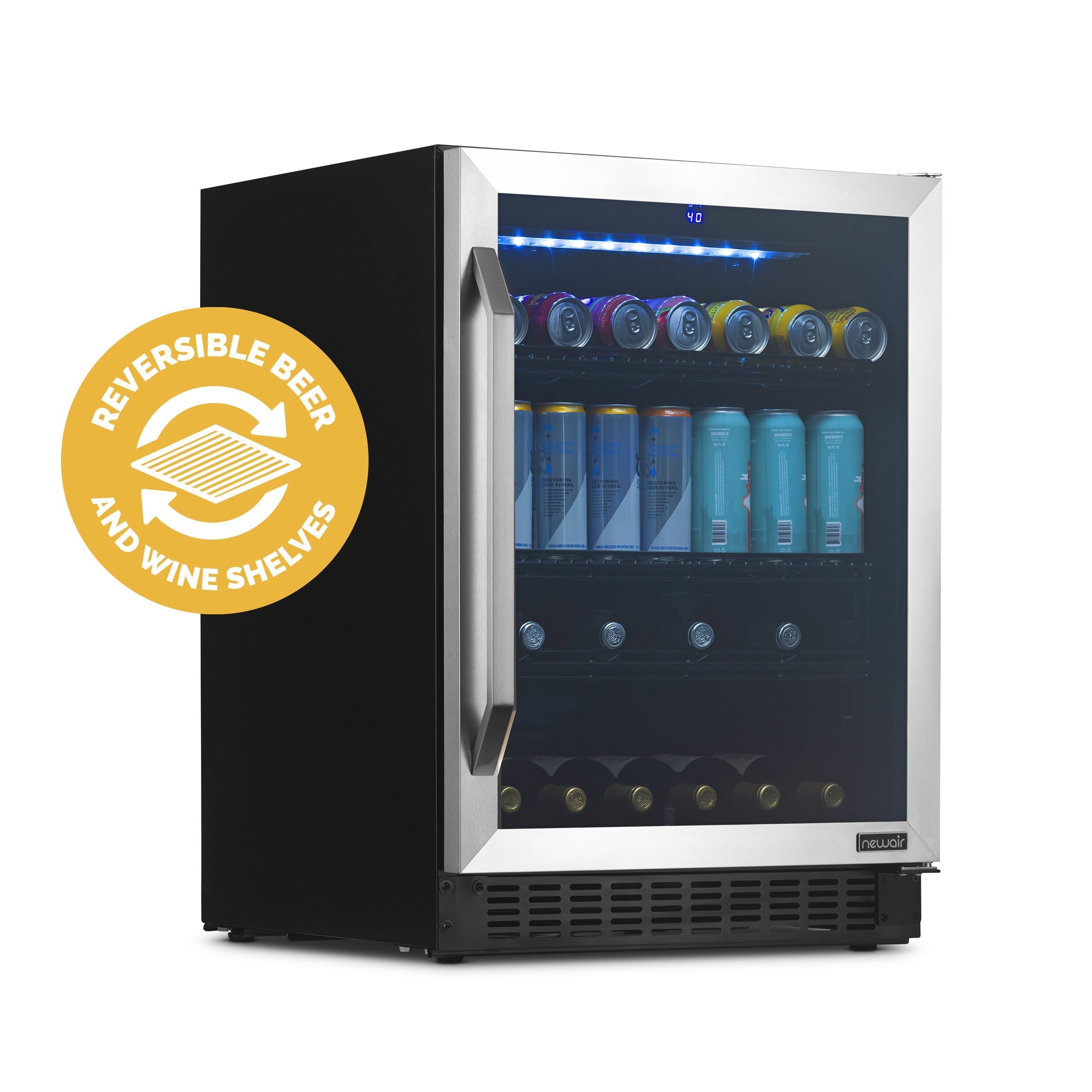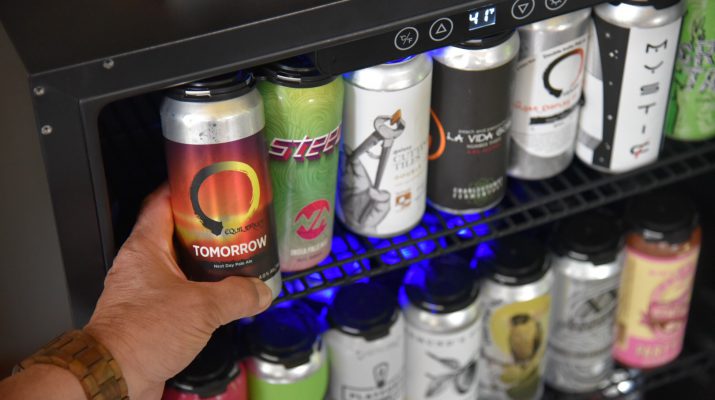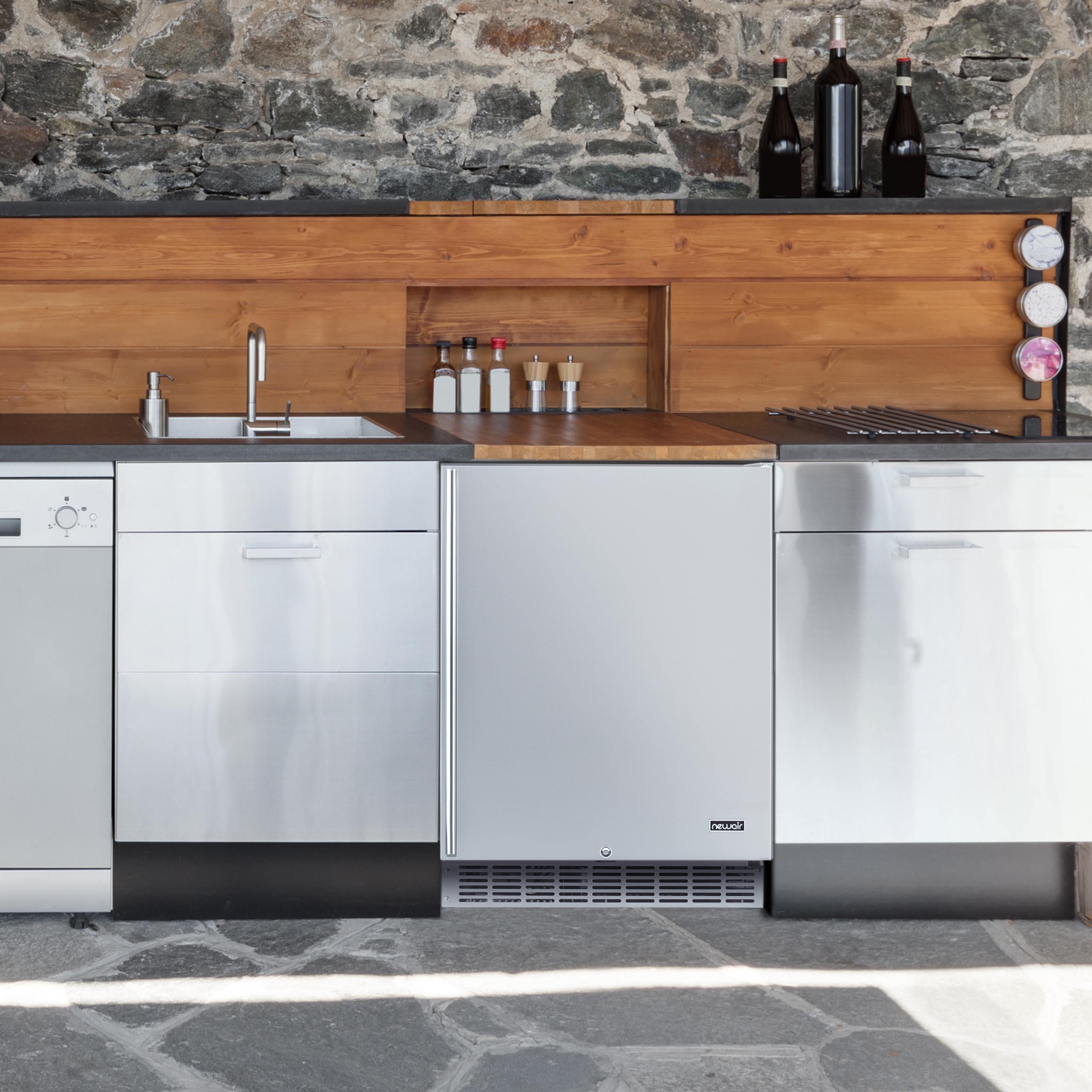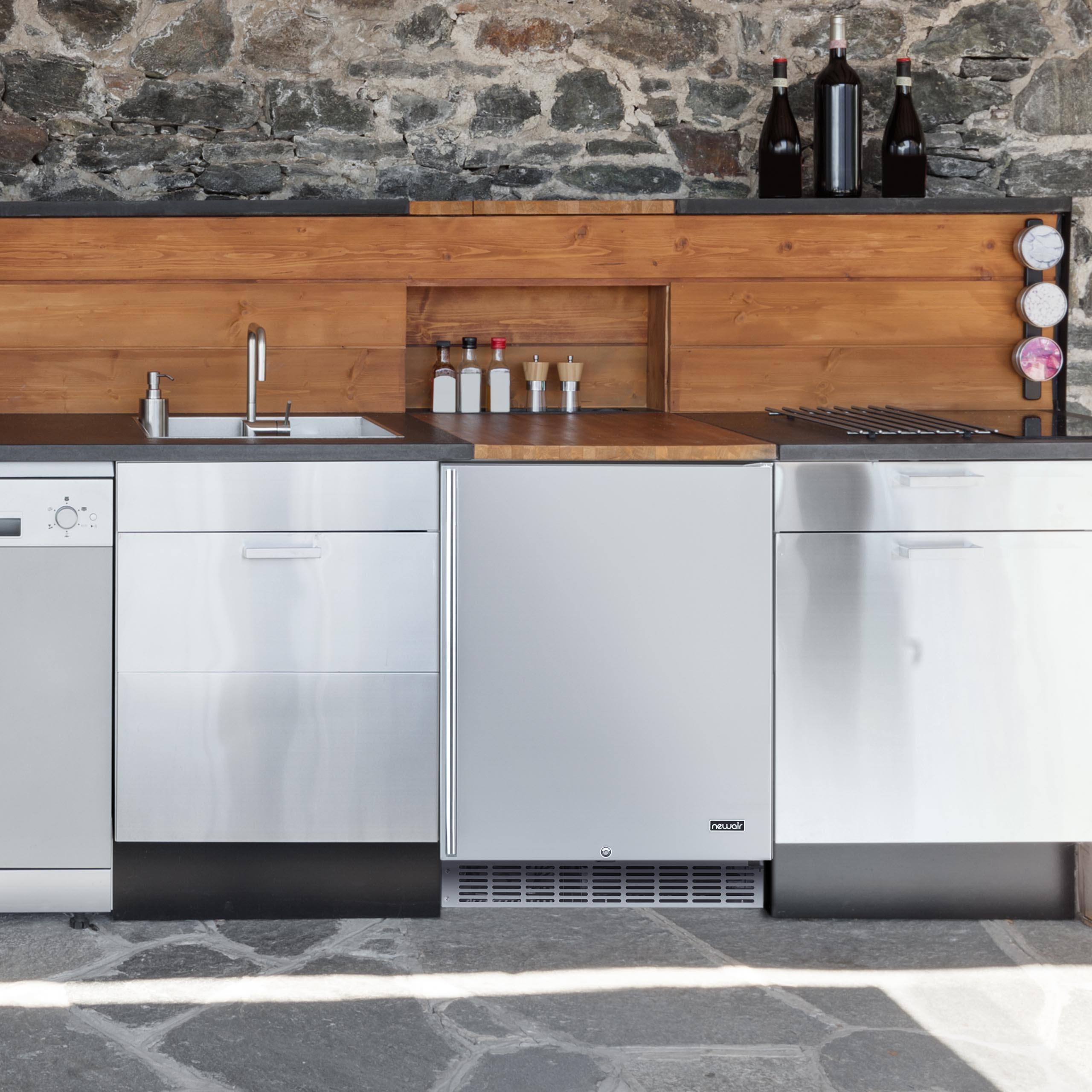Beer Temperature Guide: How to Store and Serve Every Brew [Infographic]
The past decades have seen an explosion of craft beer making — and sipping! — across the United States, and many beer drinkers take their quaffs far more seriously than they did 30 or 50 years ago. These days, the drinking experience is just as important as any thirst-quenching properties a beer has, so getting it just right is a big deal. That means, above all, serving your beer at the proper temperature for maximum enjoyment.
Like wine, different beers have unique aging properties and require different temperatures to be at their very best. This is because your taste buds are affected by cold temperatures, which can make it harder to register the subtle flavors of your beer. Finding the right serving temperature for your favorite beer can be challenging, though, since there are so many varieties — and almost every one requires warmer temperatures that what you’ll find in your standard kitchen refrigerator.
![Beer Temperature Guide: How to Store and Serve Every Brew [Infographic]](http://cdn.shopify.com/s/files/1/0066/7595/5769/files/beer-temperature-infographic_large.jpg?v=1530209630)
The Right Beer Temperatures for Serving
There are a few general rules about beer temperature to keep in mind to make sure you serve your drinks at appropriate temperatures for peak flavor:
- Dark beers are warm; light beers are cold.
- Strong beers are warm; weak beers are cold. (This refers to alcohol content, not flavor.)
- All beers are best served slightly colder than the ideal to allow for natural warming as they are drunk.
With so many types of brews available from microbreweries, it’s helpful to divide the most common varieties into categories to avoid confusion. Check out this simple guide, which is arranged from coldest to warmest.
American Macro Lagers
These beers are the mass market drinks you see advertised on TV during the Super Bowl. Think Coors, Budweiser and all light lagers designed to have fewer calories. You can also put low-alcohol beers like O’Doul’s in this category. These are the only beers that taste best served ice cold.
Ideal Temperature: 35 to 40 degrees
German Pilsners and Wheat Beers
Light bodied and drinkable, these are the white wine of beer when it comes to food pairing and serving temperature. Belgian wit beers can also be placed in this category. Pale lagers are refreshing and crisp, so they benefit from a little chill — but too much will make them bitter and hide interesting herb and fruit flavors.
Ideal Temperature: 40 to 50 degrees
American and Indian Pale Ales
IPAs are all the rage these days among craft brewers and enthusiasts alike, and there’s a bit of a hops race going on to see who can get the most bitter brew. If you’ve acquired the taste, be advised that cold enhances beer’s bitter flavor, so take care not to over-chill your IPAs.
Ideal Temperature: 45 to 50 degrees
Porters and Stouts
Brown beers usually offer a nice balance of malt and hops, so while they come across as sweeter and more robust than a pale ale, they also tend to have more alcohol. These should be served colder than room temperature but warmer than something you pull out of a cooler at a picnic.
Ideal Temperature: 45 to 55 degrees
Ales, Sour Ales and Bocks
Regardless of where it comes from, ales are served warmer than lagers. With their higher alcohol content, you don’t have to worry about them going off in warmer storage, and serving the just under room temperature allows drinkers to experience the full flavor.
Ideal Temperature: 50 to 55 degrees
Belgian Strong Ales, Imperials Stouts and Barleywines
Strong ales are given the name because of their higher alcohol content, which allows them to last for months without spoiling. These are the red wines of the beer world, and they taste best when served at or just below room temperature. If your friends are looking for a cold beer, this is not for them.
Ideal Temperature: 55 to 60 degrees
A Note About Beer Storage
In general, most beers are meant to be consumed within a few months of purchase, so it’s best to simply store them at the temperature you wish to serve them so they’re ready to go when you want to crack one open. If you wish to “age” a beer and allow it mellow, your cellar temperature will certainly be warmer than your standard refrigerator. In general, most beers can be stored for months at 50 to 55 degrees Fahrenheit. Some stronger beers like barleywines and dark ales can be stored at slightly cooler than room temperature, meaning 55 to 60 degrees.
Because a standard refrigerator is meant to keep food and drinks well chilled at about 38 degrees, it’s far too cold for proper beer storage or serving of all but the lightest beer styles or low-alcohol varieties. Unless your basement or garage is very cool and maintains that chill evenly, your best bet for keeping your beer at the ideal serving temperature is to use a dedicated beverage cooler that allows you to adjust the temperature to the right spot for perfect flavor.
If you have a varied collection, you might consider two coolers — one for dark beers to be stored at higher temperatures and where weaker beers can be kept cool but not cold. Alternatively, you could split the difference to store a variety of beers somewhere in the middle of their ideal temperature range, or you can store all of your beers at the temperature of the coolest one and allow the others to warm a bit on the counter before serving.
The Last Word
In the end, tasting beer is a fairly subject process. Sure, there are all kinds of terms experts have come up with to describe the different between a Belgian helles and a Baltic porter, but what matters most is your own enjoyment. These temperatures are a good guide for beginners to follow, but you may have to experiment to find your personal ideal. Try different styles at different temperatures to get a feel for what you like — start by pouring your beer slightly colder than recommended and sip it slowly to see how the flavor changes as it warms. Take notice of what you like best, and then adjust your beer fridge’s thermostat accordingly. With a little practice and the right equipment, you can up your game to serve up the perfect drink for any occasion, whether it’s a game night with the guys or a beer tasting party for your most discerning friends.






0 comments